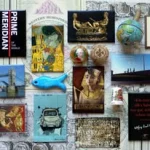I enjoy spa towns. As if they do not have the urgency of time, the daily stress must be put aside even before entering the city. You do not have to come here as a patient at all, you can come here just like that – to enjoy a specific relaxing atmosphere, reset your head and relax your body. After all, the most famous spa guest in Baden near Vienna (Baden bei Wien), Ludwig van Beethoven, wrote in a letter to his friend: “I would never have believed that I could be as lazy as I am here…”
In 2021, ten spa towns from seven countries were included in the UNESCO World Heritage List as Great Spa Towns of Europe. From Austria – Baden near Vienna. As the name suggests, the town is located near the capital of Austria, just less than 30 km south of Vienna.

Every Spa Town Has Its Interesting History
As Aquae – a military bath for legionnaires and veterans, this settlement had already been marked on old Roman road maps. The fact that Baden had become a prosperous city is mainly due to 14 warm sulfur springs, nicknamed “yellow gold” (in some places in the city, you can still smell sulfur today), which provide healing water for bathing, drinking and inhalation treatments. The springs reach a temperature of 36°C and contain a high concentration of salt and radon.

From the 16th century, spa guests began to come here. Austrian Emperor Francis II./I. spent almost every summer here for more than 30 years. And what the emperor did, the members of the high aristocracy and the upper middle class had to copy right away. Especially on Sundays, the city was filled with noble Viennese. It is said that the emperor’s hat was already threadbare from raising it in greeting while walking around the town… However, as he was very frugal, he did not want to buy a new hat. Instead, he set up his summer residence (Kaiserhaus) in the city center. The emperor’s frugality was also manifested in the simple equipment (his wife did not like it here at all!) and he did not even have a water supply with sulfur water installed here.

Not Only Nobility But Also Artists
Vibrant social life and the high society also attracted many creative personalities and free-spirited artists to Baden. After all, Vienna was empty in the summer anyway… Among the most prominent guests, let us mention at least these three:
Wolfgang Amadeus Mozart – visited Baden several times. His wife Constanza completed several treatment stays here. Surpassed childbirths and nervous shocks caused by the loss of three children significantly undermined her health. Constanza lived in the house of Mozart’s friend, choirmaster Anton Stoll. The jealous Mozart thus ensured that Stoll prevented Constanza from meeting strange men.

Ludwig van Beethoven came to Baden regularly for several weeks, using the sulfur baths in the hope of alleviating his health problems. In the years 1821, 1822 and 1823, he lived on the upper floor of this house (Rathausgasse 9), whose owner was coppersmith Johann Bayer. We will talk more about Beethoven later.

Franz Grillparzer – the famous Austrian writer liked to sit on his favourite bench in Spa Park near the music pavilion. In the crowns of the chestnut trees, birds sang overhead while he jotted down notes in his little notebook.

Other Sights in the Town
The center of the town is the Main Square (Hauptplatz) with the Baroque Plague Column of the Holy Trinity from 1718. A 10-meter-high pyramid of clouds rises from the base, the Immaculate Mary stands on a golden globe and on the top, you can see the Holy Trinity.


The pedestrian zone invites you to wander, meet friends or shop. There are many small shops and boutiques. Most of the houses were built in the early 19th century in the Biedermeier style. Many of them have plaques commemorating their famous inhabitants. For example, Katharina Schratt – actress and close friend of Emperor Franz Joseph I, and Max Reinhardt – director and co-founder of the Salzburger Festspiele festival, were born in Baden.

The synagogue (Grabengasse 14) from 1871 is a memory of what was once the third-largest Jewish community in Austria.

Now, we will stop at the main parish Church of St. Steven with an unmissable 67 m high tower. The bronze statue of a kneeling man is a memorial to war victims. The outer walls are still from the Romanesque period, the Gothic choir and the crypt from the 14th century.

The church was damaged several times, also during the wars with the Ottomans, the interior was later modified in the Baroque style. In the original painting by Paul Troger, depicting the stoning of St. Steven, the famous Austrian painter immortalized himself as Saul in the left corner.

When Mozart was in Baden to visit Constance six months before his death, who was pregnant with their sixth child, he was working on his famous opera The Magic Flute and the Requiem. In addition, he composed Ave Verum for his friend Anton Stoll, who worked here as a choirmaster. Ave Verum premiered in this church in 1792 (after Mozart’s death).

In addition to the five bells, there is a room for the guard. He was never allowed to leave this place, so his food was sent up in a bucket on a steel rope. A bucket with (all) waste was lowered down again. On the north side, so that it would not disturb the spa guests coming to the church. Of course, if there was a strong wind, the bucket was not allowed to be sent either up or down…
The Jubilee City Theater was designed by the famous architectural firm Fellner & Helmer which built many theaters in the monarchy (Timisoara, Karlovy Vary, Vienna, Zagreb, Budapest…). It was opened in October 1909. In front of the theater, you can see a bronze statue of Muse Erato with a lyre.

If you continue from the theater along Pfarrgasse street, do not forget to notice the so-called Lumpentürl between houses 2 and 4. Baden is situated on sun-drenched slopes on the edge of the Pannonian Plain. Wine-making has a long tradition here, as does the love for this drink. In the past, the town was surrounded by walls. Some residents often went overboard drinking wine and then had trouble returning home before the town gates closed. So that they would not have to sleep on the street, a small door was built into the walls. All you had to do was ring the bell and bribe the door guard. However, it is said that the wives were also here waiting for their drunk men with a carpet beater in hand…
Some loved wine, others cards. The first café was opened in Baden in 1761. Here, you could not only drink coffee and read newspapers but also play illegal card games late into the night. Later, more bars and pubs were added with a room reserved for gambling. Well, it does somehow belong to the playful atmosphere of a spa town. That is how a casino, the oldest in Austria, was opened here in 1934.


The oldest sulfur spring comes up under the casino. You can see it but only as part of a guided city tour.
If you go past the casino, you will notice that instead of doorknobs, there are roulette wheels on the doors. What else? If you do not want to try your luck at the casino, you can at least visit the restaurant there. We could choose a 4-course menu of either red hearts or black spades. I chose spades, mainly for the dessert. Nevertheless, all of the dishes were excellent and beautifully arranged.

Walking in the Park
We have already got acquainted with several sights. Now it is time to take a walk in a park. There are several of them in Baden, I chose these two:
Spa Park (Kurpark) is a typical park of a spa town. Fountain, busts of famous visitors, statues, music pavilion, summer arena, avenue of trees and flower decoration. In the days of Franz Grillparzer, the birds used to sing here, now I mainly heard crickets and cicadas!




Every park must have a fountain. In this park, it is the Undine Fountain. The central figure, a nymph of the Baden springs of perfect beauty, was created by sculptor Josef Valentin Kassin. His model was said to be Mercedes Jellinek, a native of Baden, daughter of diplomat and businessman Emil Jellinek, a great car lover. His daughter has become immortal not only thanks to this fountain but also because the most famous German car brand was named after her.

Doblhoffpark
The park is named after the aristocratic family, the former owner of this 9-hectare area. If you are coming here from the city center, do not forget to stop at the end of the narrow Schlössergäßchen street at Café Ullmann and try the famous coffee sweets. They were invented by confectioner Joseph Genthon, who had had his shop on the Main Square since 1826.


If you come to Baden at the right time, i.e. in May or June, the intoxicating scent of roses will overwhelm you in the Doblhoffpark. The largest rose garden in Austria is located here – 30 thousand rose bushes and approximately 800 varieties of roses.





There is Always Something Going on Here
You have probably noticed that in some of my pictures, you can see large photographs as if there was some kind of exhibition. The exhibited photos are part of the largest open-air Photo Festival La Gacilly-Baden, which was born in 2004 in the small French town of La Gacilly. From 2018, you do not have to go all the way to France, because the festival now also moves to Baden. This means that what is exhibited in La Gacilly one year, will come to Baden the next year. Every year – around 1,500 photographs.

I consider it a great privilege to have been able to participate in the opening ceremony in Baden in June 2018. You can read about this first year in my article: Between Photos and Roses

The Photo Festival is one of my highlights of the summer season, since 2018 I have not missed a single year and I have brought my family and friends there as well.

However, This year, I experienced another of the many events organized here in Baden. Indeed, although the city has a lazy feel, something is always going on in the summer. The new event for me was Baden in White – a big party where everyone is dressed in white – 26,000 residents of the town and another 10,000 visitors from Vienna and the surrounding area.

On Friday, the first day of that event, shops are open longer. In front of the entrance, white clothing items are displayed and various tastings and special discounts are offered. On Saturday, everyone – regardless of age – will dress in white, and music, singing and dancing will literally fill every corner of the city.

We also enjoyed the great mood and atmosphere at the casino, in the congress part of the building, where huge inflatable creations floated over our heads during catchy hits from the 80s and 90s.

Some say that after the summer, Baden goes into hibernation, but various events are held in autumn and winter as well – grape weeks, Advent markets or balls.
Baden Means to Bathe
What would be a visit to a spa town without bathing?

Since we came here during the hot summer days, we preferred to visit the thermal beach swimming pool (Helenenstrasse 19-21) with the largest sandy beach in Austria!

The main building, 160 m long, with a facade in the Art Deco style, was built in 1926. The mosaics and stained glass windows in the entrance hall are of particular interest. The sandy beach had attracted a lot of attention immediately after its opening. Such personalities as the former Crown Prince Wilhelm of Prussia also came to look at it. Today, there are several swimming pools (also with sulfuric water), massage jets, water slides and other water entertainment.

A Visit to the Museum
You do not have to just walk, swim or have fun in Baden, you can also expand your knowledge by visiting one of the local museums. I chose Beethoven’s house. The museum was opened in 2014.

Beethoven did not spend his time in Baden just lounging, as he mentioned in a letter to a friend, but also worked – he composed the major part of his Ninth Symphony here. By the time he was 32, he was suffering from 60 percent hearing loss. At the age of 44, he was already completely deaf. Despite all the problems, it was during this period that he composed his most important works. The Ninth Symphony premiered on May 7, 1824, in Vienna, the deaf Beethoven stood with his back to the audience and read the singers’ words from their mouths. After the presentation, thunderous applause broke out. The performers had to turn the composer towards the audience so that he could truly see his huge success. What he must have heard during the different stages of his life, you can try out at this museum. As a background sound, you can choose not only applause but also choir singing, piano or fireworks.
The stay in Baden, of course, did not improve Beethoven’s hearing, but the composer felt well here and liked to be surrounded by his friends, pupils, publishers and other composers. As we can see at the laid table in the dining room.

His death mask and lock of hair are also on display. Beethoven died at the age of 57 – as confirmed by an analysis of his hair, one of the causes was slow lead poisoning, which was added to wine in those days. Beethoven’s daily norm was one litre…
Where to Eat
Among the restaurants I visited, I would recommend the following:
* Wirtshaus im Batzenhäusl near the Jubilee City Theater. We had lunch outside on the terrace. I chose a classic – Viennese schnitzel – but an original one, prepared from veal.

* Rudolfshof on the wooded Gamingerberg hill, 2 km from the city center by car, with excellent regional cuisine. Since there are forests around, I was tempted by the wild mushroom balls with cheese.

It was the right choice! And there was still room for dessert – a large apricot dumpling (if you order, one piece will definitely be enough!).

* I recommend Weinbau Eitler in the oldest district Leesdorf to lovers of wine and typical Austrian Heuriger – a simple tavern serving local wines and simple dishes, especially various spreads and salads

* Süßes vom Feinsten patisserie on the ground floor of the Kaiserhaus – for those who want to try the typical Austrian specialty Kaiserschmarrn – (Emperor’s Mess). You can read my article about this dish (at this place): Emperor’s Mess

Through the passage, you can reach the back garden, where you can sit with a coffee and order this sweet dish, but also there are usually photographs exhibited as part of the aforementioned Photo Festival.

Every year, you will find one of the largest photographs on display here on a wall.

* If you are not hungry, at least try the ice cream at Peter’s – EisPeter Baden. There are over 20 varieties to choose from, even an ice cream burger and ice cream for dogs!

Where to Stay
During my visit, I stayed at Hotel Sacher (Helenenstrasse 49).

In 1881, Austrian chef and entrepreneur Franz Sacher, the inventor of the famous Sacher cake, settled in Baden. He bought a former brewery (later a cafe) for his third son, Carl. This was the beginning of the era of this hotel. Even Empress Sisi was among the famous people who visited the hotel.
I was accommodated in a modern part with large comfortable rooms. The disadvantage of the hotel is the greater distance from the city center, but you can rent electric bikes here and at least, you have a view of the ruins of Rauhenstein Castle.

How to Get Here
Once upon a time, noble society used to travel here in their carriages. The journey took 5 hours! Today, you can get here comfortably:
– by car – you can use the covered Römertherme parking lot
– by tram, Badner Bahn – the departure station in Vienna is near the Viennese Opera. The final station is in the center of Baden at Josefsplatz square: Badner Bahn
– by train from Vienna Central Station (approx. 20 minutes). From the station in Baden, you have to walk to the center in about 10 minutes.

More information about Baden: Tourismus Baden bei Wien

I visited Baden together with Elena from CreativElena, you can read about her experiences here: https://www.creativelena.com/en/travel-blog/festival-lagacilly-baden-near-vienna/
Text: © Copyright Ingrid, Travelpotpourri
Fotos: © Copyright Ingrid, Travelpotpourri

 TRAVEL
TRAVEL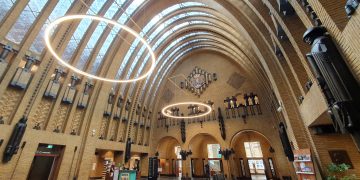
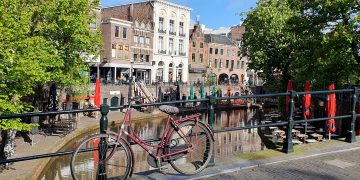
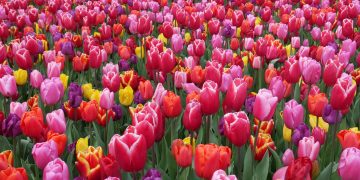

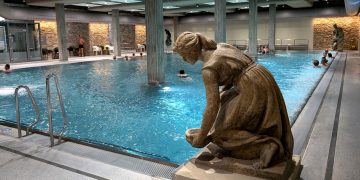

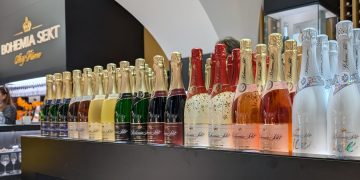
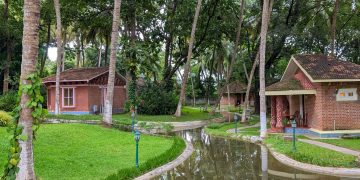
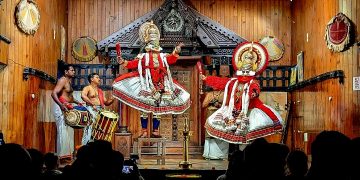
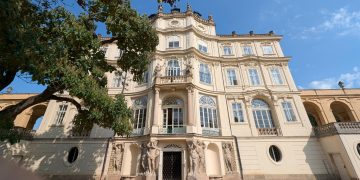
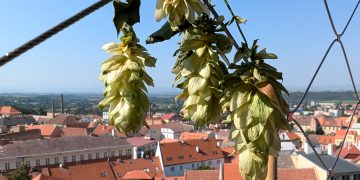

 RECIPES WITH A STORY
RECIPES WITH A STORY
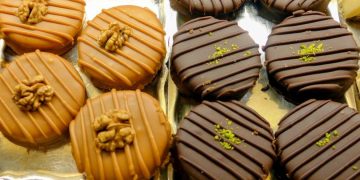


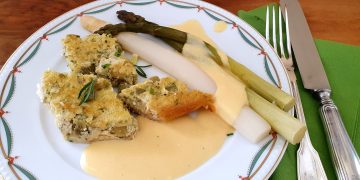


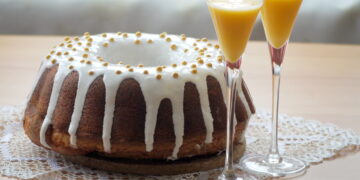


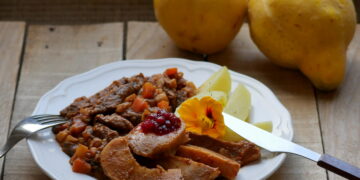
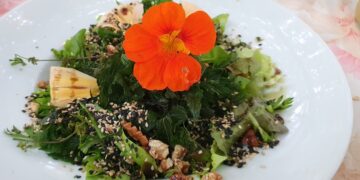
 AUSTRIA-VIENNA
AUSTRIA-VIENNA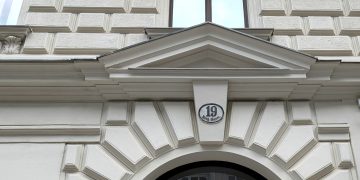
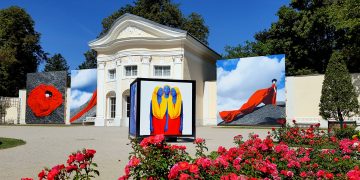
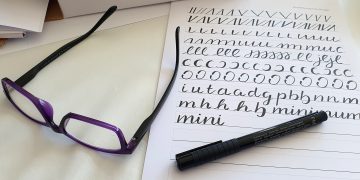
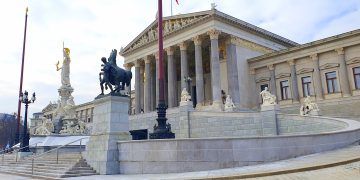
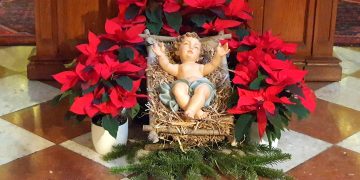

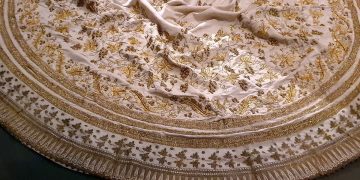
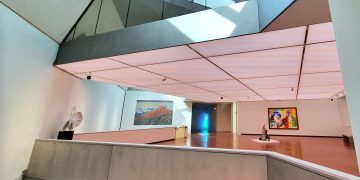
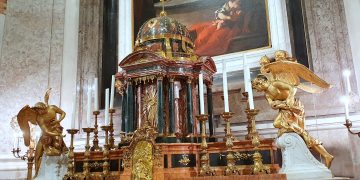
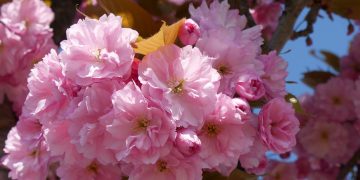
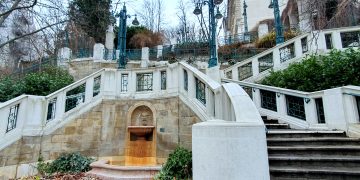

 SLOVAKIA-BRATISLAVA
SLOVAKIA-BRATISLAVA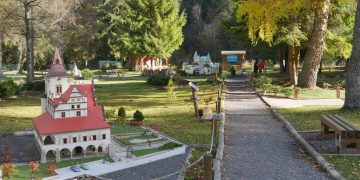
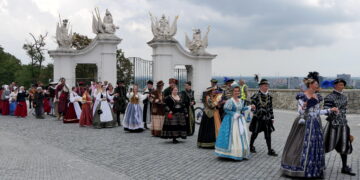


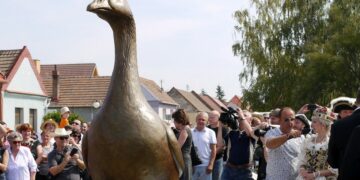
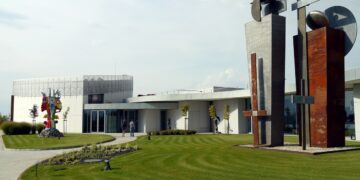
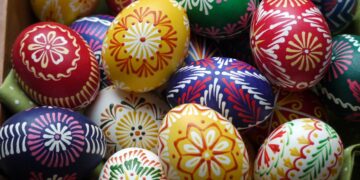
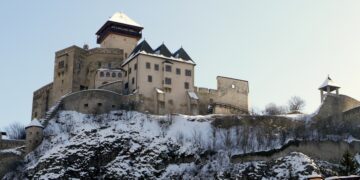
 EVENTS
EVENTS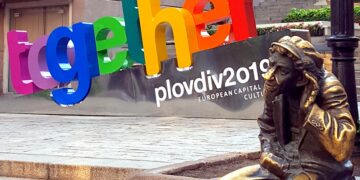
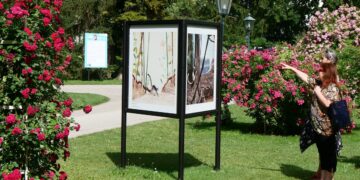
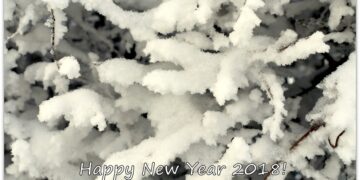
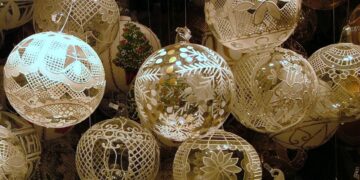
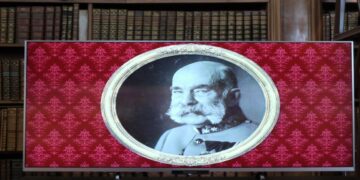
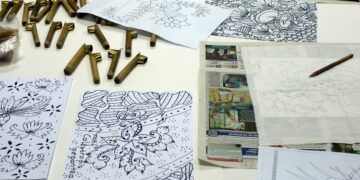
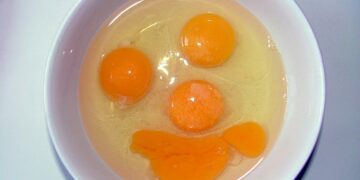

 INTERVIEWS
INTERVIEWS
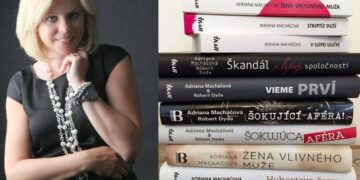
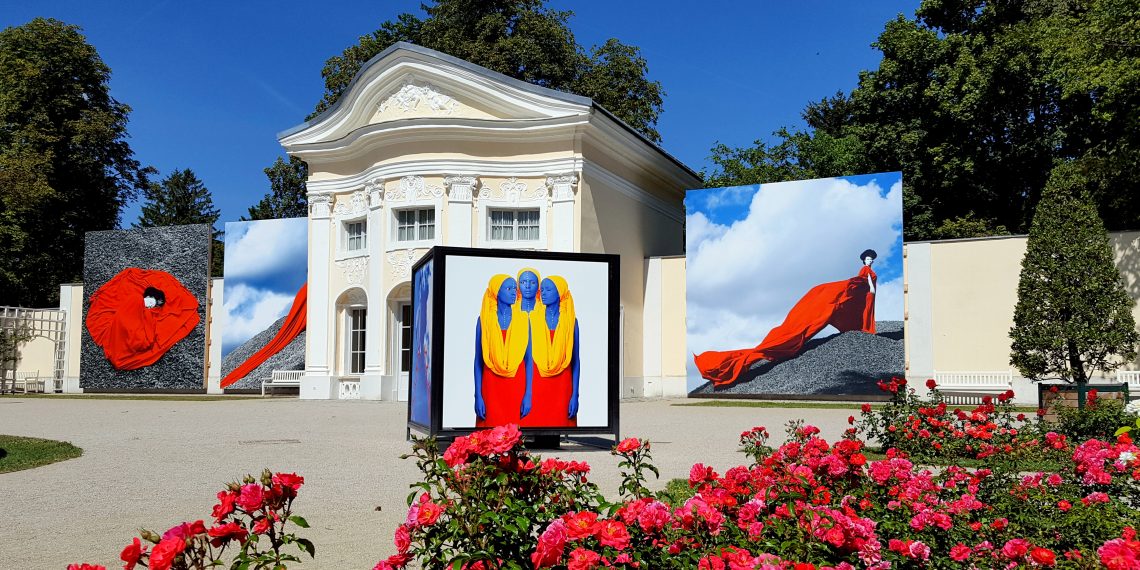





 Pustevny – A Unique Example of Folk Art Nouveau
Pustevny – A Unique Example of Folk Art Nouveau Berggasse 19 – One of the Most Famous Addresses in Vienna
Berggasse 19 – One of the Most Famous Addresses in Vienna

